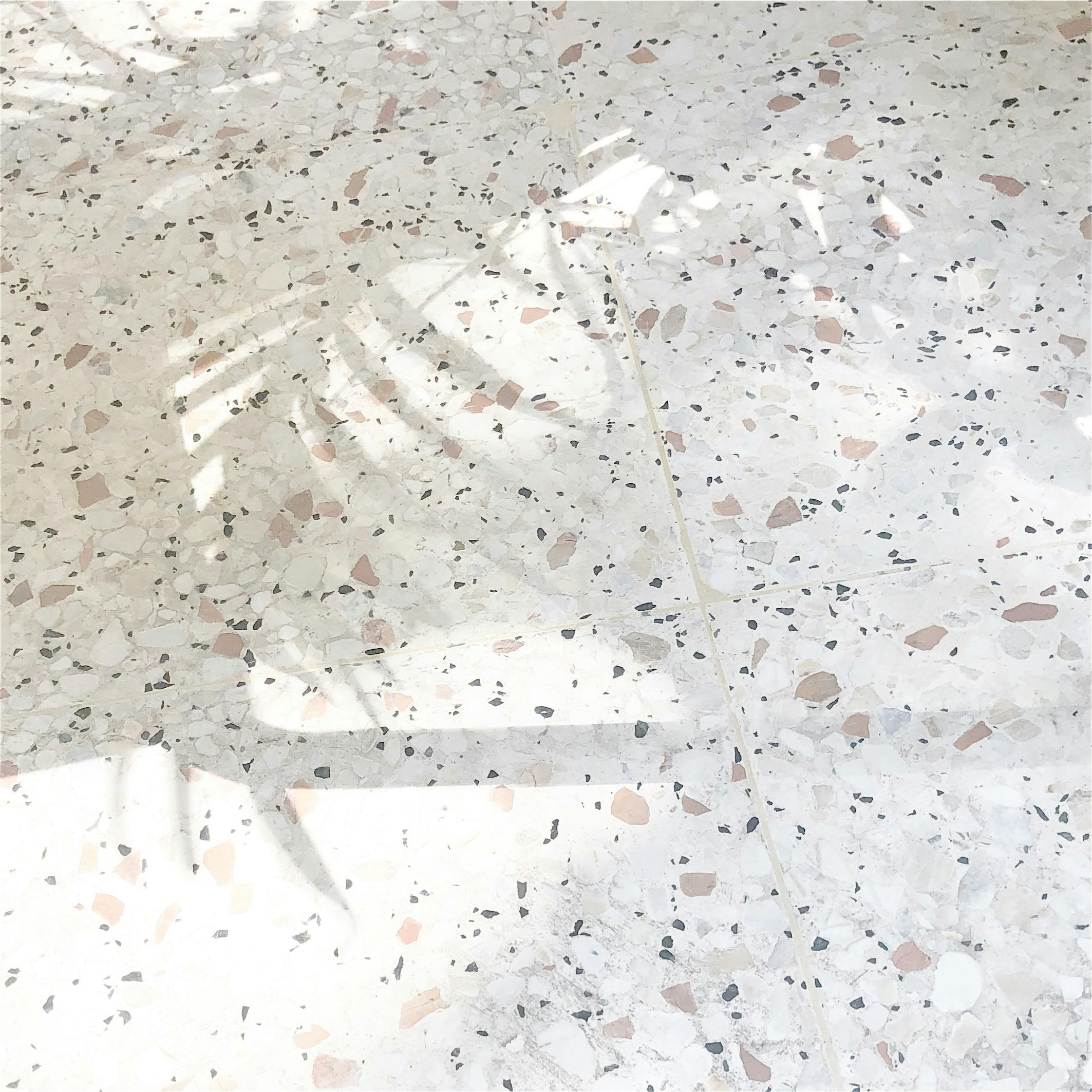"Decoding the World of Smart Dust: Tiny Tech with Tremendous Impact"
Imagine a world where minuscule sensors, almost invisible to the naked eye, monitor everything from air quality to your health. This isn't the premise of a science fiction novel. Welcome to the world of Smart Dust, an emerging technology promising to revolutionize various sectors.

The Genesis of Smart Dust
Smart Dust has its roots in a 1997 project initiated by the Defense Advanced Research Projects Agency (DARPA). The goal was to develop tiny, inexpensive, and robust sensors that could communicate wirelessly. The concept was futuristic: thousands of minuscule devices, each smaller than a grain of sand, working in harmony to collect and transmit data. More than two decades later, advances in nanotechnology and microelectromechanical systems (MEMS) are bringing this vision closer to reality.
The Smart Dust of Today
Today, Smart Dust devices, known as “motes,” are still larger than a grain of dust. However, they have shrunk dramatically from their early prototypes. Current mote sizes range from about a square millimeter to a few square centimeters. Despite their tiny size, these devices pack a punch. They can include sensors, computing circuits, bidirectional wireless communications technology, and a power supply.
The Potential Impact of Smart Dust
The potential applications of Smart Dust are vast and varied. In healthcare, Smart Dust could monitor a patient’s biometrics or deliver targeted medication. In agriculture, it could track soil composition, moisture levels, and crop health. In environmental monitoring, it could track air or water quality over large areas. In fact, the market for Smart Dust could exceed $1 billion by 2023, according to market research firm MarketsandMarkets.
The Challenges and the Future
Despite the promise, challenges remain. Powering these tiny devices is a significant hurdle. Battery technology has not shrunk at the same rate as other components. There are also privacy concerns. If Smart Dust becomes ubiquitous, it could potentially be used to track individuals without their consent.
Despite these challenges, the future of Smart Dust looks bright. As technology continues to advance, these tiny sensors could become a common part of our everyday life, providing valuable data and insights in ways we can only begin to imagine.
This is the world of Smart Dust - a technology that, while not yet dust-sized, is making strides towards becoming a significant player in the tech industry. As we move forward, it will be fascinating to watch how this technology develops and transforms our world.






